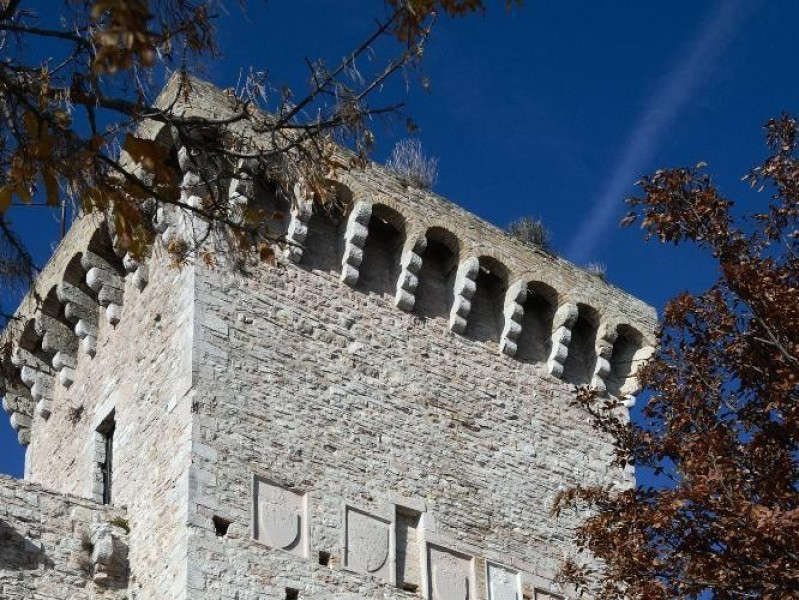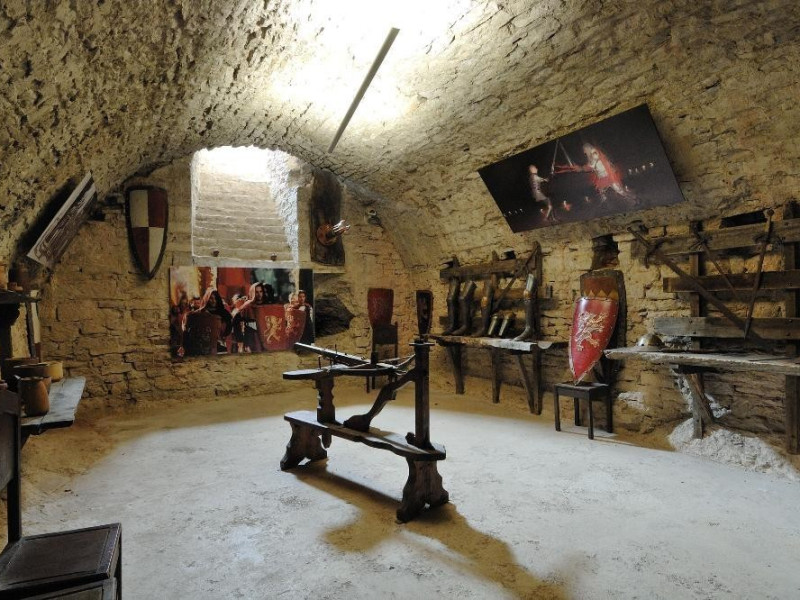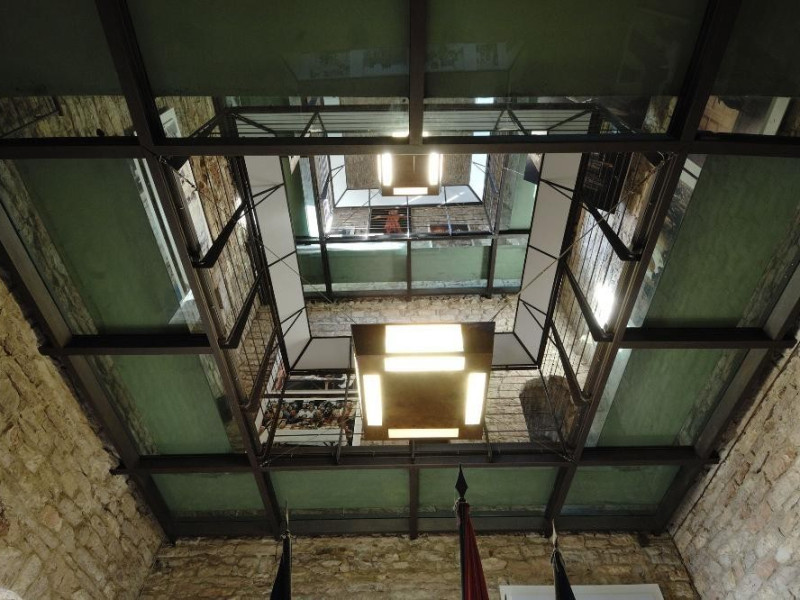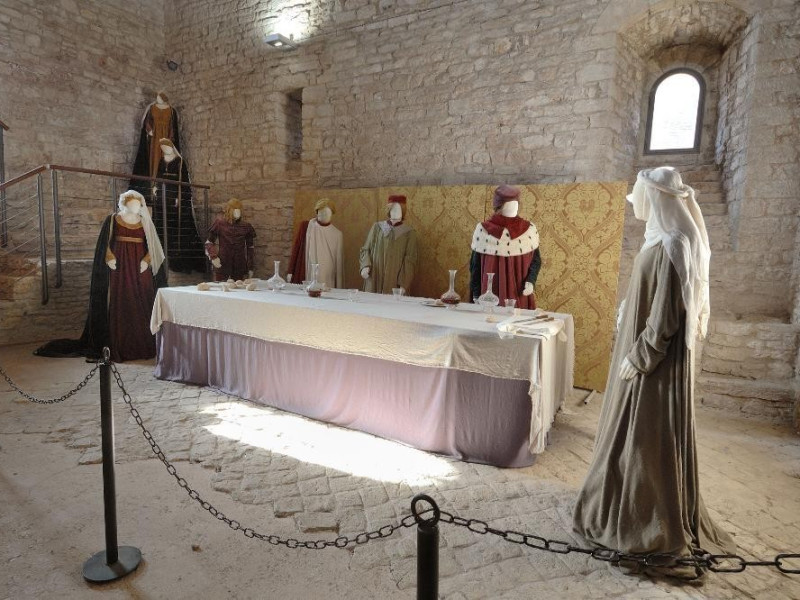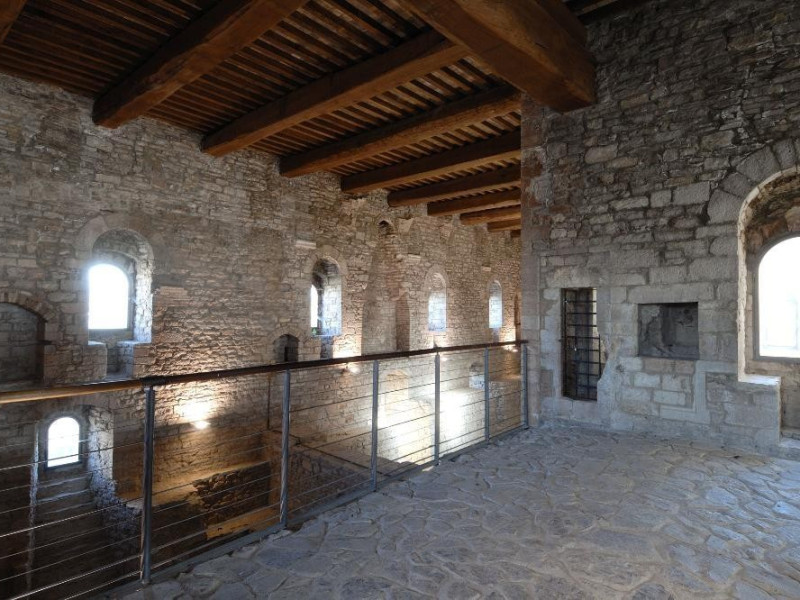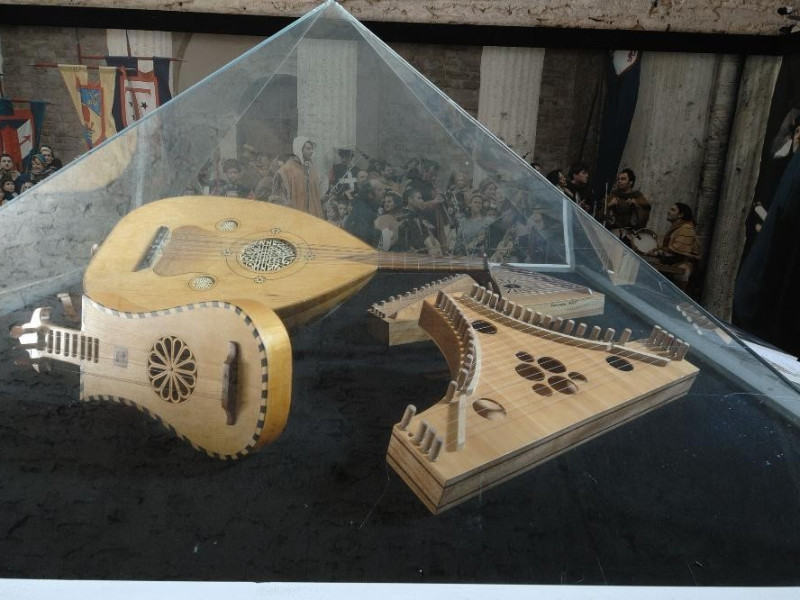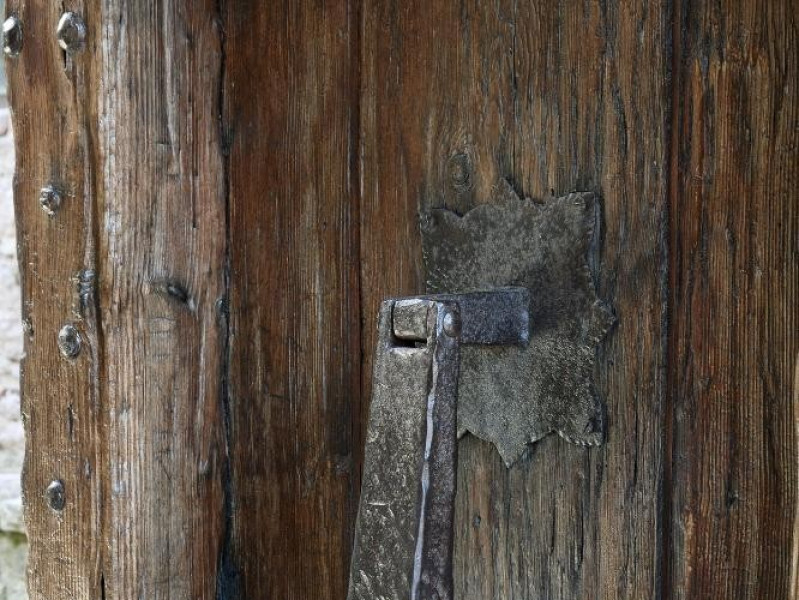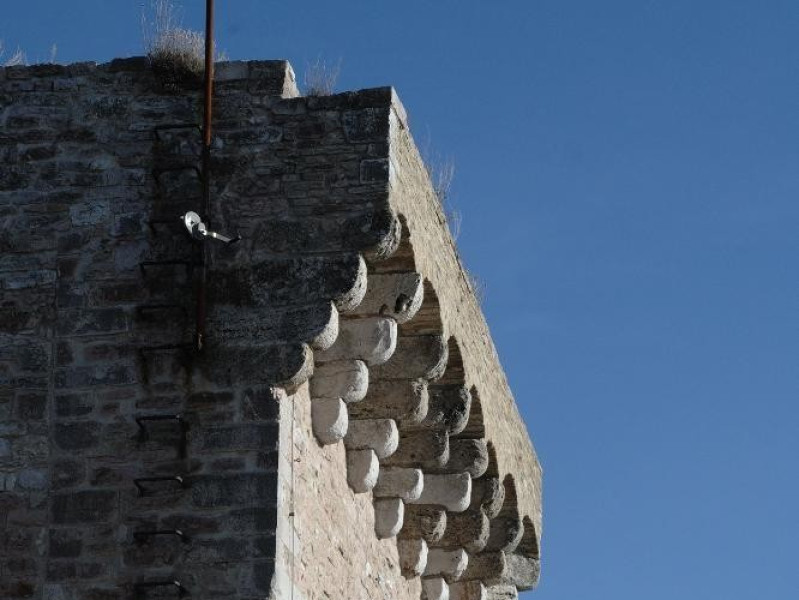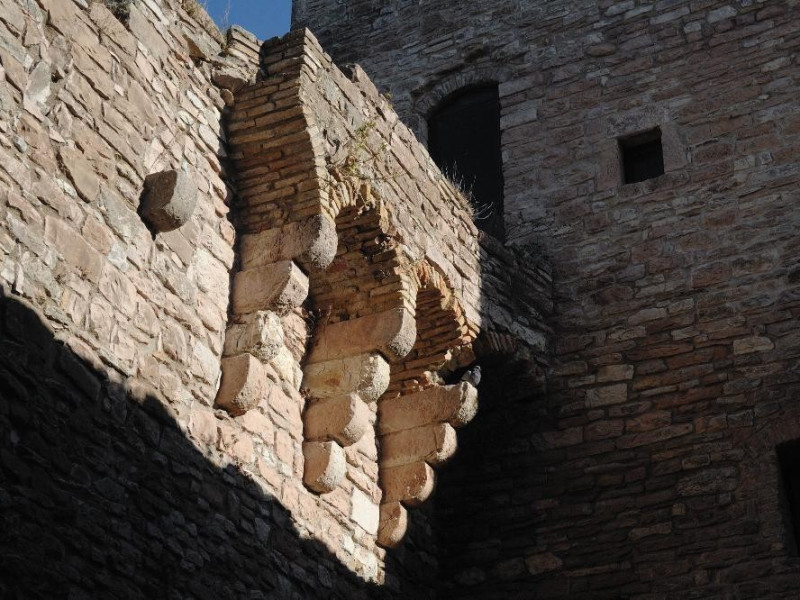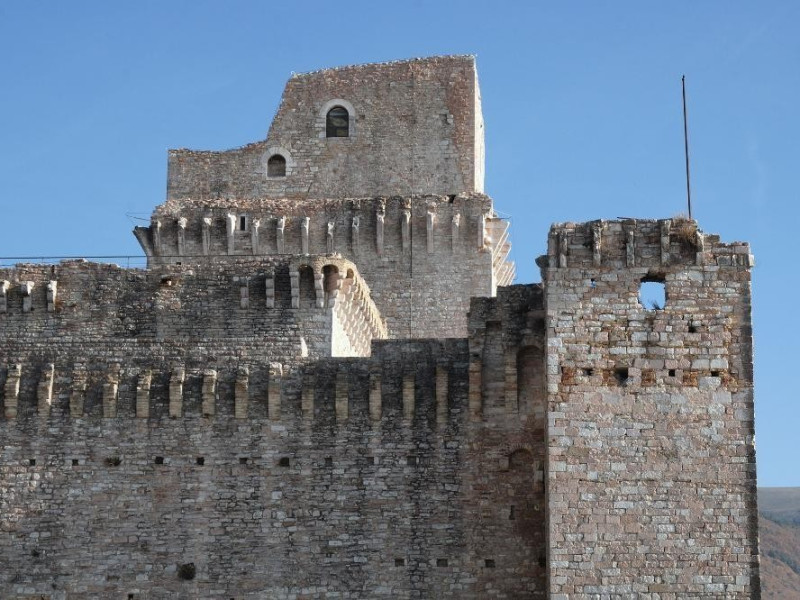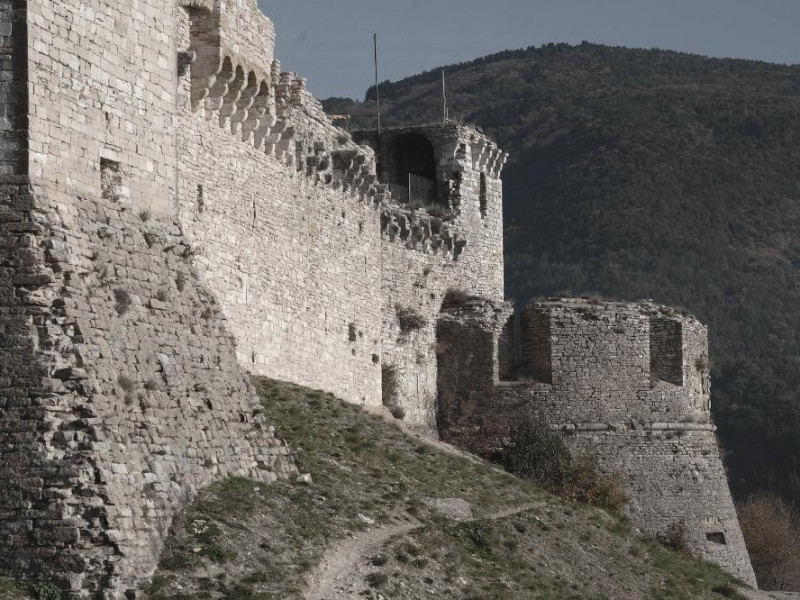Luogo - Monument
Rocca Maggiore
Where
Piazzale delle Libertà Comunali, Assisi (Perugia)
The “Rocca Maggiore” Fortress
Standing on the highest hillside of the town, the Rocca Maggiore fortress of Assisi is reachable by going up Via Porta Perlici, near the Cattedrale of San Rufino, or by taking the exterior beltway that arrives right at the top of the Asio Hill.
The first historical records of this fortified structure date back to 1173-1174, when Christian, Archbishop of Mainz, sacked Assisi on behalf of Emperor Frederick Barbarossa. In 1198, a popular uprising tore down the Fortress. Tradition says that on this occasion the townspeople kicked out Conrad I von Urslingen, the Duke of Spoleto, together with the little Frederick II, who at the time was only four years old. What remained of the fortress remained neglected until 1362, when Cardinal Gil Albornoz decided to rebuild it over the ancient German fortifications.
The imposing and austere Rocca Maggiore fortress overlooks the historical city center of Assisi, the Tescio River’s narrow ravine standing below and a large part of the Umbrian Valley, which extends from Perugia to Spoleto. Visiting its structure provides the opportunity to observe a significant example of still well preserved 14th century military architecture, and at the same time to enjoy one of the most suggestive panoramas of Umbria.
The itinerary of the Tour introduces the visitor inside the Albornoz style fortress—with its squared plan—that consists of a Keep and a Polygonal Tower and has been integrated during the centuries with a surrounding system of walls and towers.
At the time of the Signoria of Biordo Michelotti—ruling between 1394 and 1398—several interventions of maintenance and restoration were executed; his coat of arms is sculpted in various parts of the fortress.
In 1458, to its northwest side, a Polygonal Tower was raised under the orders of Jacopo Piccinino. The next year, Pope Pius II ordered the construction of the Corridor that connected the Rocca with the Polygonal Tower. The entrance door near the Keep was opened in 1484; three coats of arms are sculpted above it, the one at the center is that of Pope Sixtus IV. At the end of the 15th century the Rocca became the theater of vicious fights between the families of the Fiumi and the Nepis. In 1501, first Cesare Borgia and later his sister Lucrezia settled to live there.
The last important construction interventions on the Rocca fortress were executed in 1535, when Pope Paul III ordered the construction of the Circular Bastion.
After its primary defensive function, the Rocca Maggiore became a residence of the castellans, custodians charged with the security of the surrounding territory. It later became a prison and then a warehouse. Appreciated again, and enhanced by restoration work, the Rocca can be visited by tourists today. The entrance door opens near the 16th century Bastion; inside there is a Courtyard, all paved with bricks of the 14th century; on the side there is the Donjon, where the service rooms were located. The Keep was the house of the castellan; there are five rooms inside it—one above the other—that are joined together by a spiral staircase.
